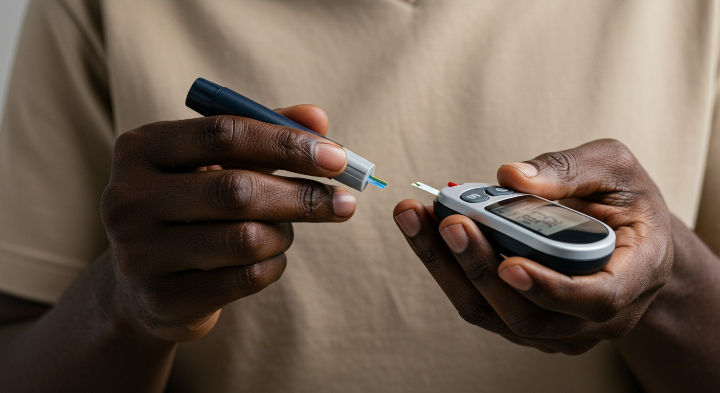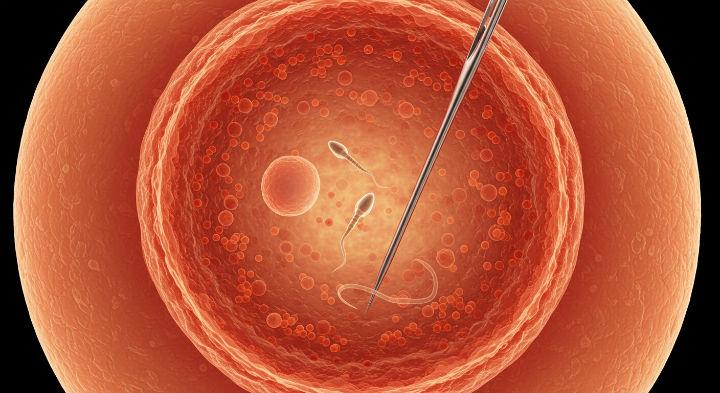Key Diabetes Discoveries: Type 5 Diabetes Officially Recognized, New Diabetes Subtype Identified in Africa
- Jul 22
- 2 min read

Two significant breakthroughs in understanding diabetes are poised to shake up the healthcare world, urging an urgent review of how this complex disease is diagnosed and treated globally. These discoveries promise to transform care for millions, especially in low- and middle-income countries (LMICs).
Official Recognition of Type 5 Diabetes
The International Diabetes Federation (IDF) has formally announced the long-awaited official recognition of Type 5 diabetes, a historic milestone. This form of diabetes is primarily linked to chronic malnutrition, particularly during childhood or adolescence, which is believed to affect pancreatic development and reduce insulin production. It's estimated that between 20 and 25 million people worldwide, mainly in Asia and Africa, live with this condition. Even in the United States, children in foster care or food-insecure migrants could be at risk.
Unlike Type 2 diabetes (characterized by insulin resistance) or Type 1 diabetes (an autoimmune disease that destroys insulin-producing cells), Type 5 diabetes—also known as Severe Insulin-Deficient Diabetes (SIDD) or malnutrition-related diabetes—is distinguished by its metabolic profile: individuals are insulin-deficient but not insulin-resistant. This is crucial because many can manage their condition with oral medication instead of insulin injections, a more cost-effective and accessible solution in low-resource settings. Dr. Meredith Hawkins, co-chair of the IDF's task force for Type 5 diabetes, led the research that confirmed the distinct profile of this condition, which has been observed but often misclassified for over 70 years. The IDF is working to establish formal diagnostic criteria and therapeutic guidelines, as well as a global research registry and educational modules for healthcare professionals.
A New Diabetes Subtype Identified in Africa
In parallel, a large-scale study, the Young-Onset Diabetes in Sub-Saharan Africa (YODA) study, has identified a new diabetes subtype in children, adolescents, and young adults in sub-Saharan Africa. Published in The Lancet Diabetes & Endocrinology, the findings reveal that approximately 65% of participants previously diagnosed with Type 1 diabetes lacked the typical autoimmune signs and genetic predisposition of the classic disease. Only 8.5% carried more than one diabetes-related autoantibody, a drastic difference from the 90% observed in Western cohorts.
This new subtype is an insulin-deficient condition that fits neither Type 2 diabetes nor malnutrition-related diabetes (Type 5). The findings challenge global assumptions about Type 1 diabetes, as most prior data comes from Western populations. Dr. Jean-Claude Katte from the University of Exeter and Professor Moffat Nyirenda, Director of the MRC/UVRI-LSHTM Research Unit in Uganda, emphasize the urgent need to investigate the biological and environmental factors behind this form of diabetes, such as infections, nutrition, or environmental toxins, and adapt diagnostic and treatment approaches for African settings.
These discoveries highlight the importance of equity in science and the need for more inclusive and "context-specific" research to prevent the misdiagnosis and mistreatment of millions worldwide. The impact of an accurate diagnosis can be the difference between appropriate treatment and severe complications, or even death, especially for those in limited-resource environments.











Four years ago, my husband was diagnosed with IPF (Idiopathic Pulmonary Fibrosis), a moment that changed our lives significantly. For more than two years, he followed his prescribed medications and attended regular medical checkups. Despite this, his symptoms persisted, and we remained concerned about his overall health. He struggled with low energy, frequent discomfort, and the emotional stress that came with ongoing uncertainty.In search of additional support, we decided last year to explore a herbal treatment program offered by NaturePath Herbal Clinic. We approached it cautiously and without high expectations. Over time, however, we began to notice encouraging changes. His tiredness eased, his digestion became more stable, and he appeared stronger and more at ease overall. Little by little, his…